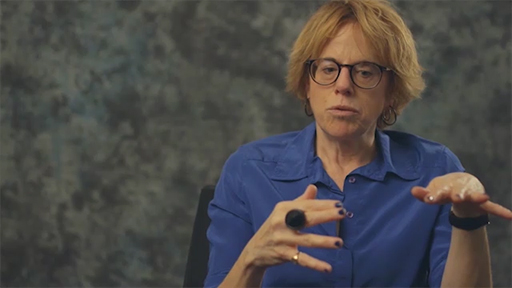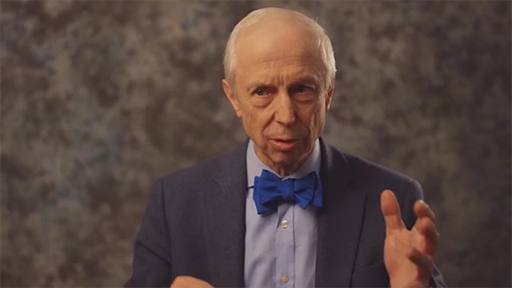2.4 The multisided business model
In this triadic business model, the firm is a platform organiser and provides different products or services to different groups of customers. The feature of this model is that a group of customers get benefits from the use of the product or service by the other group.
A first group of customers is called consumer beneficiary. They receive a product or service at a price that is below the cost because the difference is paid by a second group of customers, named paying customers. This latter group gain benefit from creating value for the consumption of the first group.
Typical examples of this business model are free newspapers, where the consumer beneficiary receives the newspaper for free, paid by advertisers (paying customers). The two customer groups create complementarities between each other. Facebook also clearly embodies this business model, providing users with free access to a social network and making revenues from advertisers whose offers are targeted to specific groups of customers.
Another example is services provided to customers in exchange for their data, which are of interest to a second group of customers, who use the data to do marketing analyses and research. This is the case for firms that collect credit data from their customers: that data is then used by other paying customers to offer loan services to clients.
The following animation exemplifies the functioning of the model.
Managing this business model means controlling how the two groups of customers receive benefit from the consumption of the other. To be successful in this business model it is important to:
- identify beneficiaries—the diverse groups of people or organisations which in some way may be interested in an offered product or service
- identify products and services beneficiaries may be interested in
- determine how the consumption takes place
- produce a benefit for beneficiaries.
In Activity 3, you will be introduced to the business model of a non-profit organisation, Shelter. This charity operates in the UK helping homeless people to find support. In the following video, Shelter CEO, Polly Neate, explains how Shelter works.
Activity 3 Beneficiaries of Shelter
Part 1
Watch the video and try to identify the different types of beneficiaries interested in the activities of Shelter.

Transcript: Video 2 Business model of Shelter
While watching the video, you may have noted that Shelter’s business model involves diverse beneficiaries including homeless people, public sector, local authorities and donors. Would you think Shelter is a multisided business model? Why? Write down your interpretation of Shelter’s business model in the box below.
Part 2
Now watch Video 3, in which Professor Baden-Fuller interprets the business model of Shelter.

Transcript: Video 3 Discussing Shelter’s business model
Does your interpretation agree with what Baden-Fuller has argued? Note down your thoughts in the box below.
